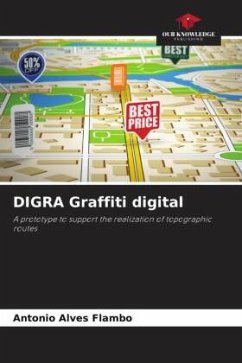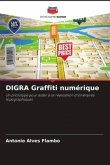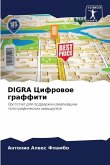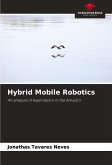The main motivation behind this work is the exploration of collaborative tools based on user location. The aim is to use user location as a way of extracting relevant information from a database, making use of mobile computing. Using a PDA, users of the prototype, DIGRA (Digital Graffiti), can obtain information, collect information and carry out topographical routes using the digital terrain model, defining their current position using GPS. When designing the work, the possibility of this prototype being used in both the civilian and military models was raised. In both models, the information is presented to the user via messages and alerts, depending on the distance from certain locations. In the military model, the collection of information is also very important, making it easy to obtain the geographical coordinates of the location, namely latitude and longitude, as well as filling in relevant information using a form, which will then be made available to various users.
Bitte wählen Sie Ihr Anliegen aus.
Rechnungen
Retourenschein anfordern
Bestellstatus
Storno









